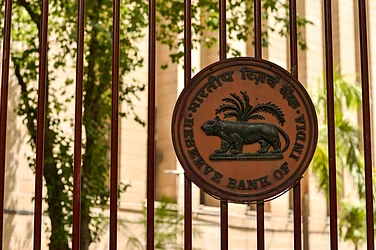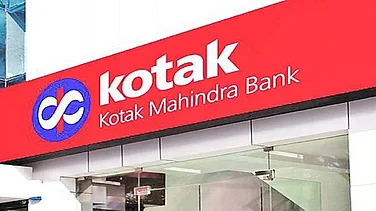New Delhi, October 23: Indian banks would face a steep capital shortfall of about $50 billion in the event of a systemic crisis in the non-bank financial company (NBFC) sector, according to a stress test conducted by Fitch Ratings.
Systemic stress across India’s NBFCs would deal a significant setback to the banking sector recovery, reversing recent improvements in performance, pressuring Viability Ratings (VRs) and posing solvency risks to state-owned banks with the thinnest buffers.
India’s NBFC sector has been under pressure from tight financing conditions since the default of Infrastructure Leasing & Financial Services in late 2018. The tough market environment is likely to persist, at least in the near term, and will test the resiliency of other NBFCs. The most vulnerable are likely to be those that operate with higher leverage and weaker asset-and-liability (ALM) maturity profiles, and that face higher concentration risks. Typically, this includes wholesale and housing finance companies.
The stress test examines the potential impact on banks of liquidity pressures in the NBFC sector developing into widespread failures.
“We assume that 30 per cent of banks' NBFC exposure becomes non-performing. We view this as close to a worst-case scenario, but the figure also reflects the proportion of the sector that we believe is characterised by riskier business and financial profiles. We also assume 30 per cent of banks' property exposure becomes non-performing, due to tight liquidity and weak sales. The property development sector is particularly reliant on NBFC financing,” the report stated.
These defaults would reverse recent progress that banks have made in reducing their non-performing loans (NPL) ratios.
“We estimate that the banking system's gross NPL ratio would rise to 11.6 per cent by FYE21 from 9.3 per cent at FYE19, compared with our baseline expectation of a decline to 8.2 per cent. Increased credit costs and a weaker economic environment would result in significant losses over the next two years,” it added.
Losses would add to existing capitalisation pressures, particularly at the state banks. The sector is already $7 billion short of the capital required to meet a 10 per cent weighted-average common equity tier 1 ratio - the level that we believe would give them an adequate buffer above regulatory minimums. The gap would rise to about $50 billion by FYE21 under the stress scenario. Banks would also be $10 billion short of the capital required to meet the regulatory minimum of 8 per cent that is set to apply from end-March 2020.
The shortfall at state banks would be larger as the report expects private banks to remain generally above the minimum.






























